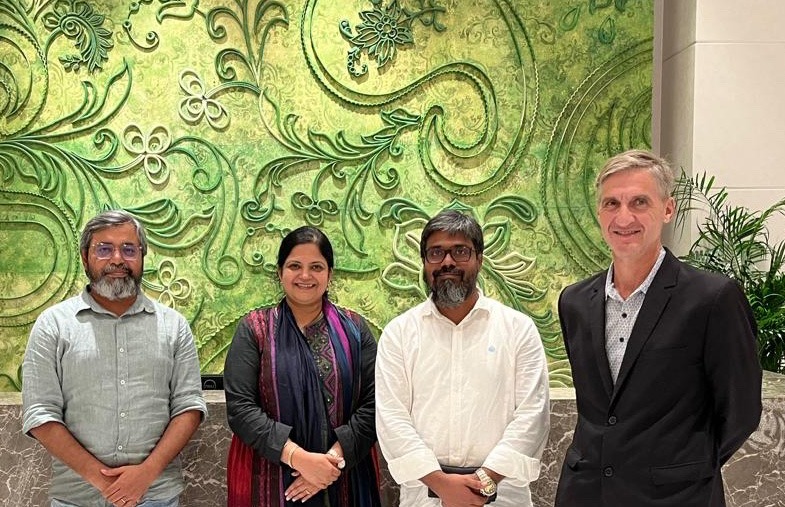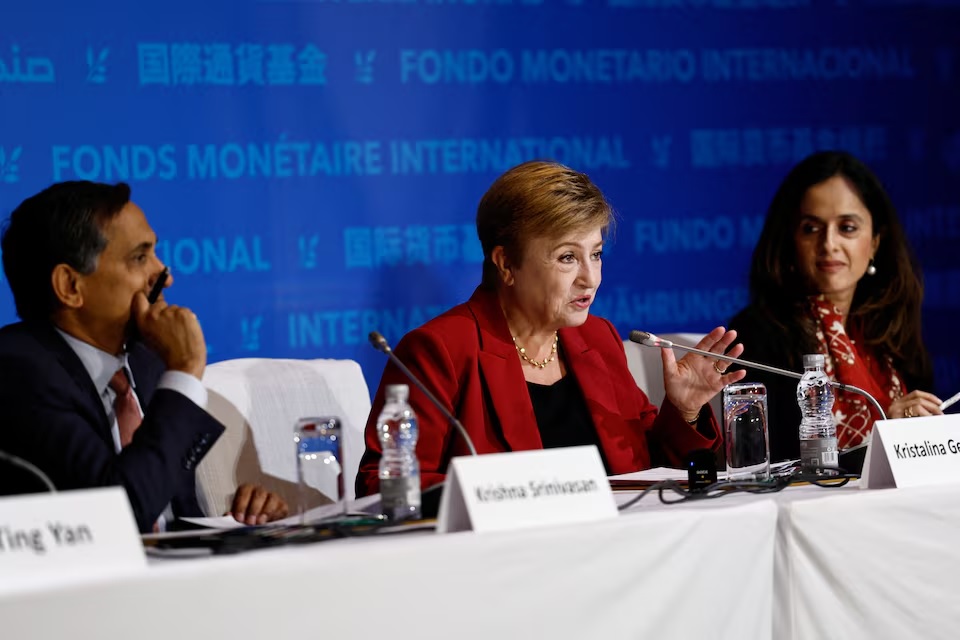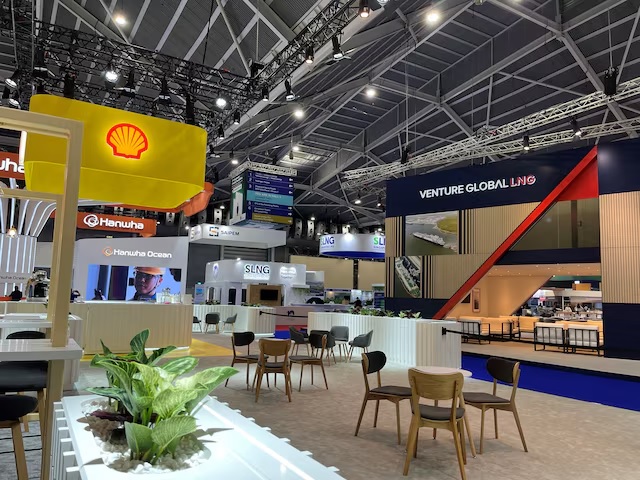USTDA Invests in Bangladesh’s Food Security with Cold Storage Solutions

The U.S. Trade and Development Agency (USTDA) has announced a significant grant to Bonton Foods Limited to conduct a feasibility study aimed at improving Bangladesh’s food security. This initiative will help establish a temperature-controlled logistics network for cold storage, targeting a reduction in food spoilage and losses.
Grant for Cold Chain Infrastructure
USTDA’s grant will support the development of cold storage refrigeration warehouses across Bangladesh, focusing on dairy, meat, and other food products. The collaboration with Bonton Foods aims to lower operational costs and enhance food availability for the population.
Addressing the Cold Chain Challenges
Despite having 2.7 million metric tons of cold storage capacity across more than 300 sites, Bangladesh’s current cold chain industry struggles to meet demand, especially in rural areas. The lack of mechanical refrigeration often leads to food spoilage. This USTDA-funded study will create a network of integrated cold storage facilities to tackle these issues effectively.
Bonton Foods’ Vision for Growth
Shamim Ahamed, Managing Director of Bonton Foods, highlighted the growing upper and middle classes in Bangladesh, suggesting a bright future for the cold chain industry. By expanding third-party logistics services, Bonton Foods aims to serve small and medium-sized agribusinesses and international food importers and exporters.
Building a Stable Food Supply Chain
The U.S. Embassy in Dhaka emphasized that improved cold chain infrastructure will enhance food safety, reduce post-harvest losses, and create diverse export opportunities for Bangladeshi agricultural producers. This feasibility study will open doors for increased U.S. investment in cold storage solutions.





















